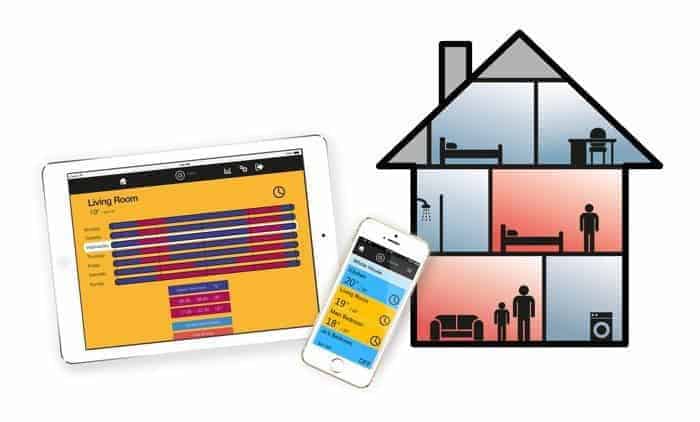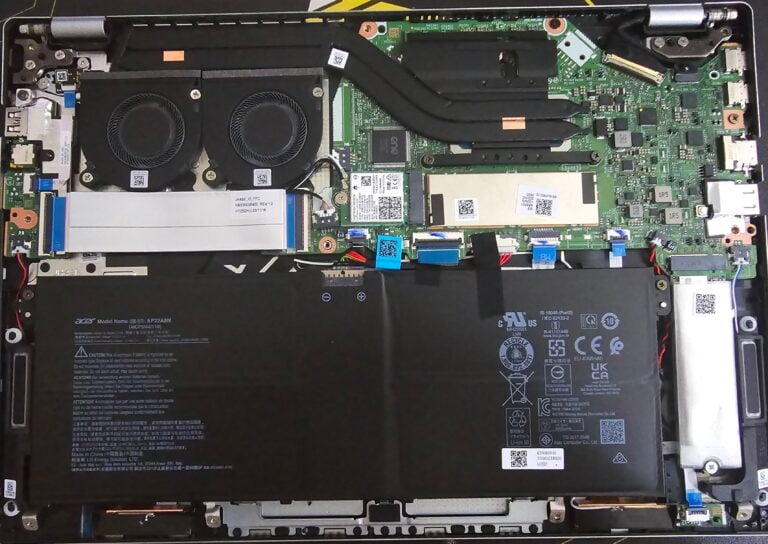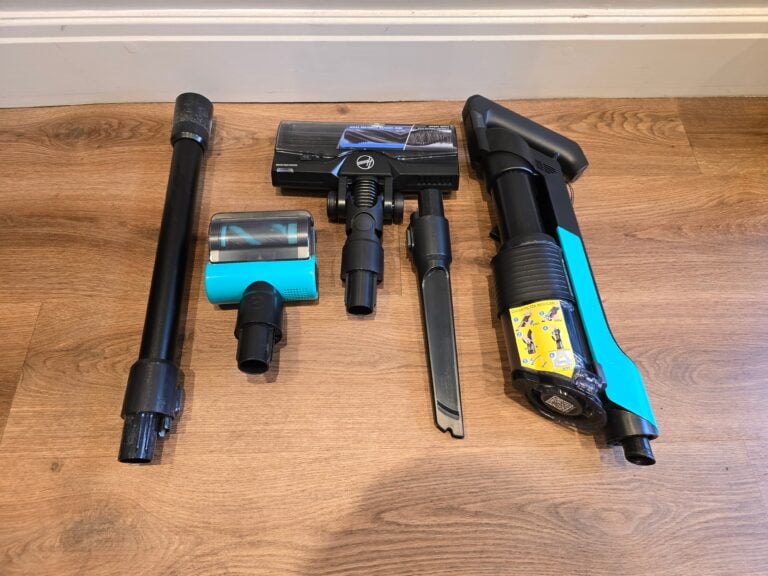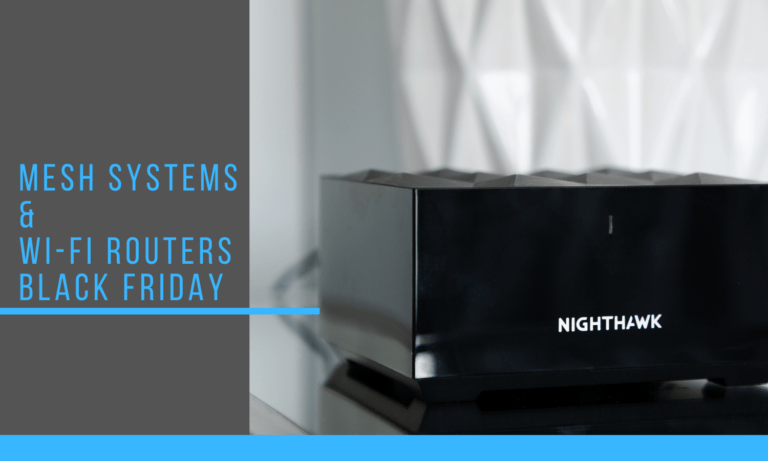Any links to online stores should be assumed to be affiliates. The company or PR agency provides all or most review samples. They have no control over my content, and I provide my honest opinion.
** Update – Heat Genius have been in touch regarding the new App, more info at the bottom of this post **
Heat Genius are a well-established but comparatively small smart heating company based in the UK. Founded by a couple of UK businessmen it is very much a home grown product. In order to differentiate themselves from their massive competitors such as Nest and Hive, they opted to focus on not just on making the boiler smart, but zoning the whole house using smart Thermostatic Radiator Valves (TRVs).
This zoning approach is a much more logical solution for a truly smart heating system, as each radiator can be controlled independently from the entire system allowing each room to be set to different temperatures and to use completely different schedules. Heat Genius have taken this one step further by implementing room thermometer/passive infrared sensors that can detect if a room is in use or not. The system can then be used either in an old fashioned schedule mode, or smart mode which turns the heating on in each room if the system thinks it is in use. In the future Heat Genius plan on releasing a hybrid schedule/smart detection function.
It is too early for me to review the actual smart heating part of the system; in fact, I am still just using the schedule at the moment. My initial impression of it is excellent but there are some caveats to installing a system like this, and some quirks with the Heat Genius software itself.
The positive aspect of the system, is that it just makes so much more sense to be in control of every radiator rather than just the boiler. I work from home, and with my old Tado system I had to switch the smart presence off as it would have meant my heating was on all the time. The schedule was then set up to turn on in the morning, off during the day and then on in the evening. Basically a typical setup, so I wasn’t really benefiting from the system apart from being able to control it via my phone. I was often freezing in my office during the winter as I am too tight fisted to heat the entire house just so I can stay warm in one room.
With Heat Genius, I now set up the system to warm my office, the bedrooms and the front room in the morning. The heating then stays on in my office for a few additional hours in the morning, when I normally suffer from the cold. Everything goes off in the afternoon, and in the evening all the rooms are heated except my office. I am also lucky enough to have 2 living rooms, so quite often my girlfriend watches soaps in one room, and I watch movies or American shows in the other. I like to be a bit colder than my girlfriend so I have the room I use set up to be colder than the room she uses.
I also have slightly different schedules for the weekend, with the main living room staying warm for most of the day but the office and bedrooms etc all staying cool.
This is obviously a far more sensible solution to smart heating as each room works based on my actual usage. It should save a lot of money on our gas bill while keeping the rooms we use warm for longer.
Unfortunately, this all comes at a cost, in terms of actual price, and complexity of setting it up. The price is going to be a big issue for most. Nest currently costs £249 inc install, Hive is the same, and Tado is £199+ option £50 install.
The Heat Genius system has the same base price of £249, but each room you want to control requires a room sensor + TRV for each radiator. Assuming you just have 1 radiator per room that costs an additional £95 per room (£59.99 for the TRV + £34.99 to make a room smart with the room sensor, though you don’t have to add the room sensor if you don’t want to). Heat Genius recommends just to set up the rooms you use frequently, but in my opinion this doesn’t make much sense. If any of the smart TRVs are switched on during the day, the old dumb radiators will be too, so you will be heating parts of your house for no reason. The only solution to this would be to switch the dumb radiators into frost protection mode.
So in my house, with 3 bedrooms, dining room, 2 living rooms, upstairs and downstairs hall, kitchen and bathroom I basically have 10 zones. I can cut out some of the room sensors where I don’t care about the PIR function such as bathroom, halls and kitchen, plus the bedrooms don’t need smart heating that much either. That leaves a total cost of £989.85 for just the system. Installation based on my system would be £199, which make sense as it is considerably more complex than the other systems.
This is obviously quite a hefty investment, but don’t forget it is a very much different system than the other companies. In fact, Hive have started to offer a limited zoning system at £99 additional per zone, but you are limited to 3 zones, and I believe Tado will also soon be implementing a zoning system too. So the competitors clearly see the advantage of zoning, so Heat Genius are just ahead of the game.
The next issue is the Heat Genius app, and to a lesser extent the hardware they install. The Nest controller is a beautiful looking device, Tado and Hive’s are more simple but still attractive. Heat Genius is very much square and old fashioned. This is not an issue for me as the controller is located next to my big ugly boiler, so no aesthetic is being ruined here, but some people may find it an issue.
The app on the other hand is a bit more of an issue. Heat Genius have focused on building an app that works, but unfortunately it is pretty ugly, with some very retro designs. This issue is made worse by having some slight quirks when setting up schedules. You select your room, select the day then select the time. You can do this for multiple time zone per day. But if you want to edit the times zones you don’t follow this process, you have to scroll down the app where it lists the selected time zones and then modify it from there. It doesn’t sound like much, but it took me a few minutes to work out, someone that is not good with computers will likely have more issues. It just isn’t intuitive at all. Also the very nature of having each room independently controlled means it requires a lot more work to set up the whole house compared to just using a boiler schedule that the competitors use.
Even though the app is a bit ugly, and not intuitive, it seems to work. I have actually had less issues the first few days with it than I did with my Tado, so it seems like it is a robust system at least.
Overall it is a great system which I think will pay for itself over the next few years, while stopping me from freezing to death in my office. As the company grows I am 100% confident the quirks will be ironed out, and from my initial experience with the system I can definitely recommend it.
If you would like to buy a Heat Genius system, you can buy it directly from their website at heatgenius.co.uk.
Heat Genius have been in touch with some information that helps address a couple of the concerns I highlighted:
- An all new app is under development at the moment. The company launched the system with a single app for both IOS and Android, which was designed to look the same across all of the devices and also on a PC, however before Easter this year they will have an all new native app for IOS and Android which all customers new and old will all get to enjoy. They have ‘apparently’ listened to all of the positive and negative feedback from the past two winters on the current app, and are looking to implement push notifications, quick actions for the rooms that you most commonly adjust, and a much more intuitive look and feel to the new app. – The app should be released within the next 2 weeks.
- Everyone’s system has been updated in the past 48 hours to prepare for the new App launch
I am James, a UK-based tech enthusiast and the Editor and Owner of Mighty Gadget, which I’ve proudly run since 2007. Passionate about all things technology, my expertise spans from computers and networking to mobile, wearables, and smart home devices.
As a fitness fanatic who loves running and cycling, I also have a keen interest in fitness-related technology, and I take every opportunity to cover this niche on my blog. My diverse interests allow me to bring a unique perspective to tech blogging, merging lifestyle, fitness, and the latest tech trends.
In my academic pursuits, I earned a BSc in Information Systems Design from UCLAN, before advancing my learning with a Master’s Degree in Computing. This advanced study also included Cisco CCNA accreditation, further demonstrating my commitment to understanding and staying ahead of the technology curve.
I’m proud to share that Vuelio has consistently ranked Mighty Gadget as one of the top technology blogs in the UK. With my dedication to technology and drive to share my insights, I aim to continue providing my readers with engaging and informative content.











5